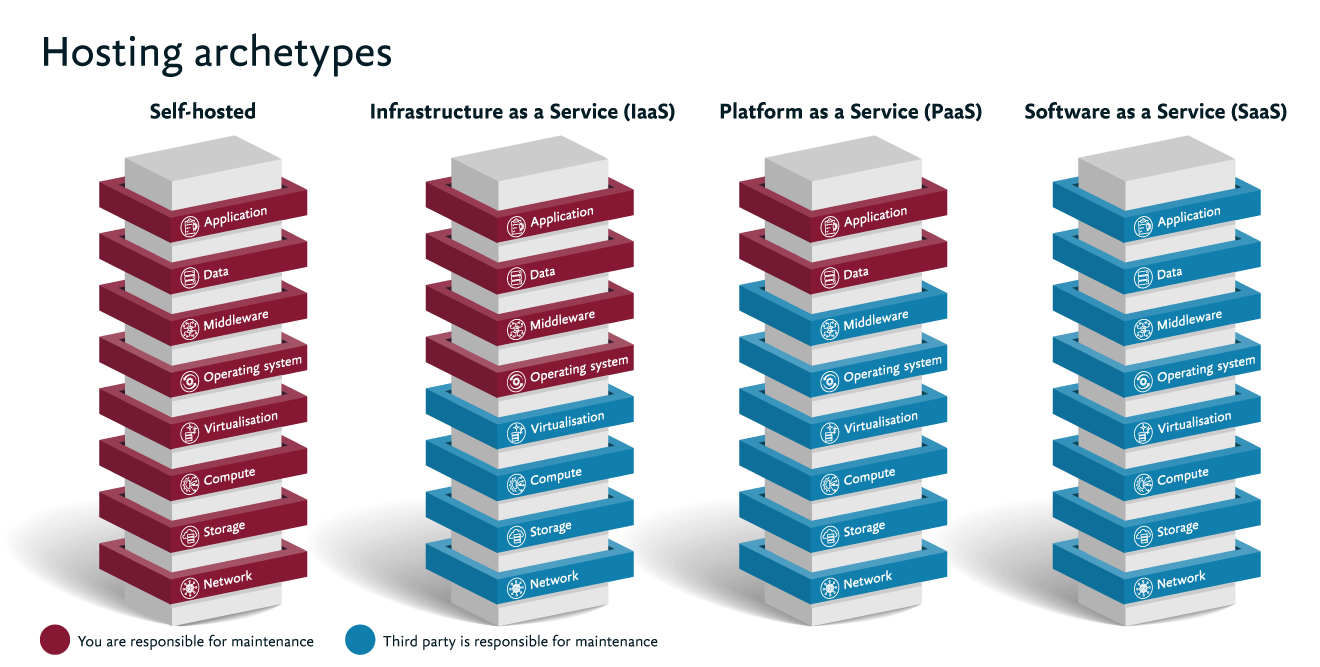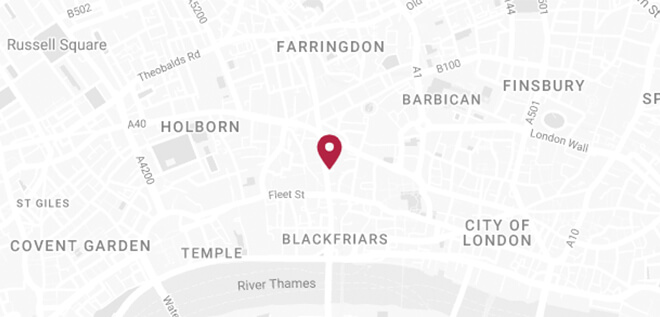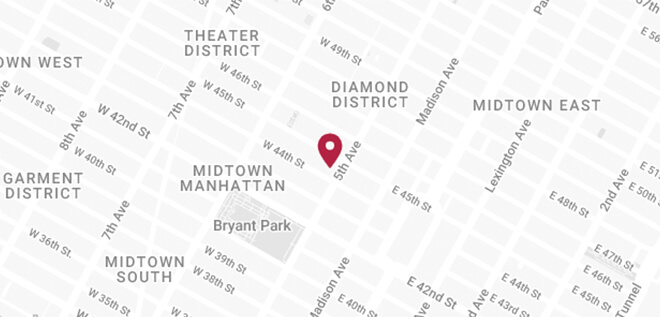Insight
Beyond the blueprint: How enterprise architecture shapes your operating model
How can you make sure you have the tech capabilities to deliver your strategic ambitions? This is the fundamental question that your enterprise architecture seeks to address. However, the complexity of legacy estates and challenges of keeping critical functions running mean that the architecture and operating model needed to deliver it can become disjointed and misaligned. So how can you align your architectural blueprint and operating model to successfully sustain, modernise and optimise your capabilities?
Your enterprise architecture and operating model are intrinsically linked, shaped by your tech choices and determining how your systems are designed and delivered.
Technology choices to realise strategic goals
In an increasingly common example, you might want to move your systems to the cloud to help boost agility and capacity for innovation. You might also want to outsource development and delivery to Software-as-a-Service (SaaS), Infrastructure-as-a-Service (IaaS) or Platform-as-a-Service (PaaS) providers so you can benefit from their economies of scale and continually upgraded capabilities.
These tech choices will in turn dictate the skills you need, how your workforce is organised and other key aspects of your operating model. If we look at the cloud migration example, this is far more than simply moving over a series of apps. You would need to think about how your teams need to change to run cloud solutions, and acquire the new capabilities required to deliver tech demands in a fundamentally different way.
Choices over systems development and delivery would have a comparable impact on your operating model. In particular, building systems in-house requires far greater engineering and support skills than the alternative outsourced model. Conversely, SaaS, IaaS and PaaS options would demand well-developed partnership selection and management capabilities.
Legacy technology challenges
The problem is that these choices and the enterprise architecture that underpins them are far from clear-cut. Rather than starting with a blank sheet, you’re likely to be facing layer upon layer of legacy tech built up over decades. The challenges can be exacerbated by the lack of actionable data on the relative importance of particular systems in delivering your strategic objectives and the risks of deterioration and obsolescence that could threaten this.
Your options may also be limited by both budgets and market availability. We’ve seen instances where clients have been keen to move over to the cloud, but the software they need either doesn’t run on it or is so specific to their organisation that it can only be delivered as a bespoke in-house option. These limitations call for what is likely to be a series of solutions rather than a single choice – migrating some capabilities and retaining others.
Making the right technology architectural choices
Having assessed these challenges and limitations, the big risk is concluding that it’s best to stick with the architecture you have, however flawed or outdated. In our experience, however, getting the overarching architectural decisions right holds the key to aligning strategic, operational and tech considerations within an effective roadmap for modernisation.
So how can you cut through complexities to deliver an effective and realisable blueprint? Drawing on our experience of helping clients develop and implement an effective and aligned enterprise architecture, three priorities stand out:
1. Understand your tech architecture’s critical drivers and connections
The starting point for architectural decisions is understanding how particular tech capabilities support key business objectives, not just applications but also the supporting stack of operating systems, databases, platforms and hardware.
The criticality evaluation described in an earlier article in this series can help you to gauge ‘mission critical’ capabilities and those that are less important. The systems status evaluation can then help you track how far each component has come along its useable lifecycle and hence when they would need to be replaced.
The results can help you to develop a rolling programme for modernisation and judge which architectural choices (e.g. in-house or host) are best suited to delivering your objectives. More broadly, the outputs can help leadership teams to see how enterprise architecture decisions fit into their strategic priorities and why they are so important in delivering their ambitions.
2. Think differently about technology in your organisation
A common misconception is that a tech gap or deficiency invariably demands a tech solution. In reality, changing or adapting the way business teams work may offer a more effective solution. Examples could include developing the skills and collaborative ways of working that would either make better use of existing systems or allow your people to use off-the-shelf rather than bespoke software.
It's also important to re-evaluate who does what, why and how as your architectural choices reshape how you work, use technology and deploy resources. In a clear case in point, if more tech demands are delivered through SaaS, IaaS or PaaS, your development teams will have more time to focus on specialised capabilities. You may also be able to redeploy some of your current support staff into transformation and change management roles to help accelerate modernisation.

The underlying priority is considering how using technology in different ways shapes your target operating model. For example, when planning cloud migration, it’s important to think about what training and guidance users need to make the most of the capabilities. It’s also important to recognise that this is a cultural as well as technological shift. It’s therefore important to explain the thinking behind your architectural choices, the benefits for staff and how these support your wider organisational goals.
3. Break down the blueprint into manageable chunks
The challenge of modernising complex legacy estates can resemble a giant jigsaw puzzle, especially if all the different pieces need to be individually configured before being fitted into place.
However, you can break the jigsaw down into a more manageable set of largely self-contained domains in areas such as financial planning or transactional settlement. With fewer interactions and interdependencies to deal with, the architectural and operating model choices will be more straightforward and easier to implement.
While dialogue between tech and business teams is critical, assigned product owners from within the business function should take ultimate responsibility for determining the architectural choices and balancing the trade-offs this may entail. This includes setting the order of priorities within the roadmap for modernisation, while determining whether a tech- or capabilities-led solution is most appropriate.
Blueprint for modernisation
With a clear blueprint for your tech estate, you can ensure you have the capabilities to deliver your strategic ambitions and target investment in the most effective way.
In further articles in this series, we’ll be looking at how to ensure you have the data, effective partnerships and leadership buy-in to deliver your blueprint.
Let’s talk
We’re working with businesses across all sectors to help them sustain operations and cut through the complexities of legacy tech transformation. Contact us if you’d like to know more.









